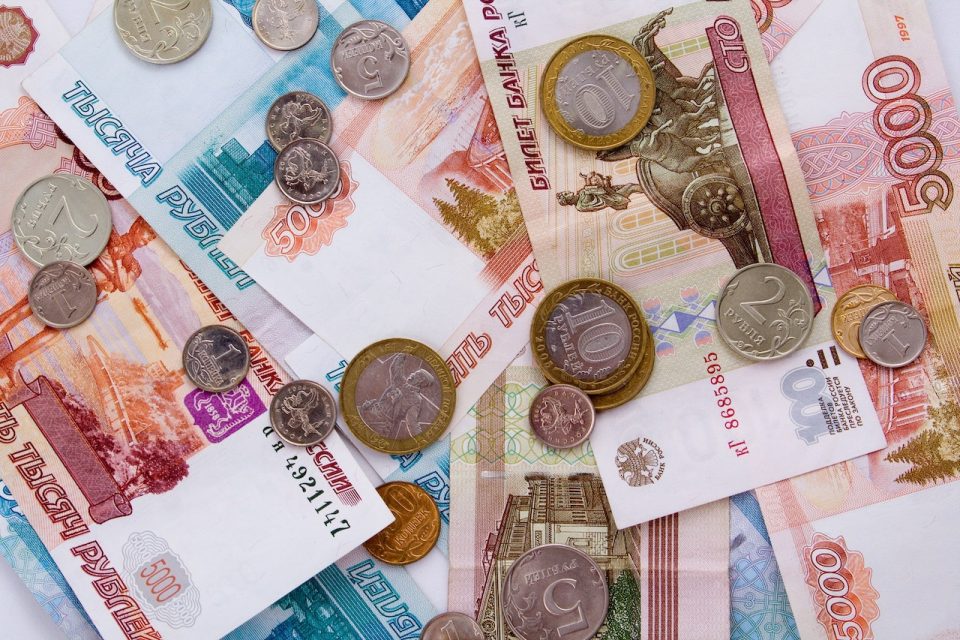Russia’s economic challenges persist as the Russian ruble tumbled to its most dismal value since the early days of the Ukraine War in April-May 2022. The combination of escalating military expenditures and stringent Western sanctions targeting energy exports continues to exert pressure on the currency. On Monday, the Russian ruble crossed the threshold of 101 rubles to the dollar, marking a relentless decline of over 25% since the year’s outset and hitting its lowest point in nearly 17 months.
Maksim Oreshkin, President Vladimir Putin’s economic adviser, laid blame on a “loose monetary policy” for the feeble ruble in an op-ed published by the state news agency Tass. Oreshkin emphasized the vital role of a robust ruble in the Russian economy, underscoring that a weakened currency “complicates economic restructuring and has a negative impact on people’s real incomes.”
Financial experts attribute the ruble’s erosion to amplified defense spending and a dip in exports, particularly within the oil and natural gas sector. As Russia leans towards more imports and experiences a reduction in exports, the nation’s trade surplus contracts, inevitably weighing down the currency’s value.
The transformation of the Russian economy into a war-focused state, with a pronounced shift towards producing textiles, pharmaceuticals, and food for state orders related to the conflict, has only intensified the economic turmoil. This redirection, while aimed at bolstering the nation’s wartime efforts, has inadvertently heightened import levels and is projected to fuel inflation.
Responding to the crisis, the Russian Central Bank has implemented a flexible exchange rate system to facilitate the economy’s adaptability to evolving external conditions. Additionally, the bank has ceased the purchase of foreign currency until year-end, aiming to bolster the ruble’s stability and diminish volatility.
Among the residents of Moscow, apprehension about the weakening ruble is palpable, as many fear a further decline in their living standards. Despite these concerns, a subset of the population remains hopeful that the ruble’s depreciation is transitory and will eventually stabilize.
In the aftermath of Western sanctions imposed following the Russian intervention in Ukraine in February 2022, which led to the war, the ruble suffered a drastic fall, plunging to as low as 130 to the dollar. However, strategic measures, including the introduction of capital controls by the central bank, managed to restore a degree of stability. By the summer of the same year, the ruble had rebounded to a more favorable exchange rate range of 50 to 60 against the US dollar.
As the Russian ruble’s value continues its downward spiral, the nation’s economic outlook remains uncertain. The Russian Central Bank’s efforts to mitigate volatility have been notable, yet the long-term trajectory of the ruble hinges on its resilience in the face of mounting pressures stemming from heightened military expenditures and Western sanctions.
Market observers and citizens alike are keenly observing how Russia’s economic landscape unfolds, with crucial implications for the country’s overall stability and well-being. As the ruble grapples with external challenges, its fate serves as a barometer for the nation’s ability to navigate a complex and evolving economic terrain.

